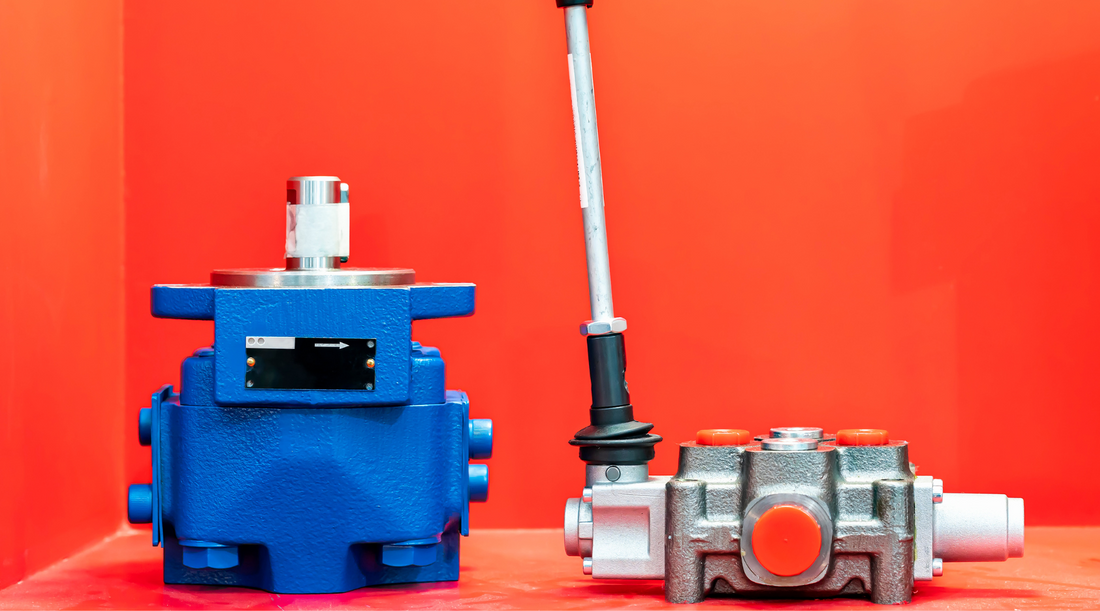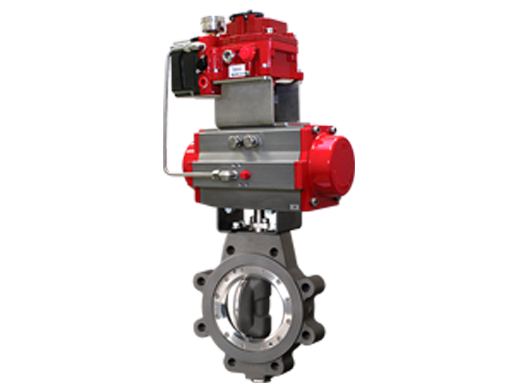Discovering the Functionality of Modern Control Valves in Industrial Applications
Discovering the Functionality of Modern Control Valves in Industrial Applications
Blog Article
Achieve Seamless Integration and Control With High Quality Building Automation Controls
In the world of modern structure monitoring, the value of high quality building automation controls can not be overstated. As technology remains to breakthrough, the assimilation and control of different systems within a structure have developed to be more sophisticated and efficient. The seamless procedure and surveillance of lights, HEATING AND COOLING, safety and security, and various other building functions have actually ended up being critical for boosting occupant convenience, energy performance, and overall functional effectiveness. The journey towards accomplishing true combination and control is a diverse one, with considerations varying from system compatibility to cybersecurity. Welcoming high quality structure automation controls is not simply an issue of ease yet a calculated essential for organizations aiming to maximize their centers' performance and sustainability.

Advancement of Building Automation Controls
Throughout the past few decades, the evolution of developing automation controls has actually substantially changed the means structures are taken care of and operated. Building automation systems largely concentrated on fundamental features such as controlling air, air flow, and home heating conditioning (HEATING AND COOLING) systems. As technology advanced, these controls have ended up being much more sophisticated, allowing for a bigger array of structure systems to be integrated and handled centrally.
The advancement of constructing automation controls has seen a change in the direction of even more smart systems that can adjust to transforming conditions in real-time. This flexibility is essential for enhancing power effectiveness and making certain resident comfort. Additionally, contemporary building automation controls now offer attributes such as predictive maintenance, remote surveillance, and data analytics, enabling facility supervisors to make data-driven decisions to boost building efficiency.

Benefits of High Quality Assimilation
The advancement in building automation controls in the direction of even more smart systems has actually emphasized the considerable benefits of top quality assimilation in enhancing building procedures and boosting overall effectiveness. This centralized control likewise provides far better presence and understandings right into structure performance, allowing proactive maintenance and optimization techniques. Generally, the benefits of quality combination in building automation controls are obvious, providing increased efficiency, comfort, and functional performance.
Boosted Customer Experience and Availability
Enhancing user communication with building automation regulates with instinctive style and boosted availability elevates the general experience for owners and facility supervisors alike. By concentrating on user experience, building automation systems can become more user-friendly and efficient. Intuitive interfaces, clear navigation, and adjustable settings empower customers to interact with the controls easily and properly.
Availability functions play a vital function in guaranteeing that all people, consisting of those with handicaps, can make use of the structure automation manages easily. Incorporating features such as voice commands, responsive switches, and color-contrasted screens can enhance availability and make the controls more inclusive.
Furthermore, boosted customer experience leads to higher customer fulfillment, raised performance, and far better decision-making. Residents can change ecological setups according to their preferences, while facility supervisors can successfully take care of and keep an eye on building systems - control valves. Generally, focusing on user experience and accessibility in structure automation controls adds to an extra smooth and effective structure environment for all stakeholders included
Sustainable Practices Through Automation

Moreover, automation can help with the combination of sustainable power resources such as solar panels or wind generators right into structure procedures. Through automation, structures can align with modern sustainability goals and add to a greener future.
Future Trends in Structure Control Equipment
One popular trend forming the future of structure control systems is the raised integration of Artificial Knowledge (AI) and device learning. Additionally, the his response Internet of Points (IoT) is revolutionizing structure control systems by linking sensors and devices to boost and simplify procedures efficiency.
Another crucial pattern is the focus on cybersecurity actions to shield versus potential threats to building automation systems. As buildings end up being more interconnected, making certain robust cybersecurity procedures will be vital to protect sensitive information and protect against unapproved access.
Furthermore, the change towards cloud-based platforms is acquiring momentum, permitting centralized control and remote accessibility to structure systems. This facilitates easier surveillance, upkeep, and updates, improving the overall performance and flexibility of structure control systems. As technology remains to development, these fads are expected to form the future landscape of structure automation controls, driving advancement and sustainability in the developed atmosphere.
Verdict
Finally, constructing automation controls have evolved dramatically, offering many advantages such as boosted user experience, access, and sustainable practices. Quality assimilation plays a crucial check this site out function in attaining seamless control and efficient procedure of building systems. Future trends in structure control systems are likely to concentrate on more improving automation abilities for enhanced power effectiveness and overall performance. It is important for structure owners and operators to prioritize the adoption of quality building automation regulates to maximize building operations and attain long-term sustainability goals.
In the world of contemporary building administration, the importance of top quality building automation controls can not be overstated. Generally, the advancement of structure automation controls proceeds to drive innovation in the structure management industry, providing new opportunities for developing smarter and more sustainable buildings.
The innovation in building automation manages in the direction of more smart systems has highlighted the substantial advantages of high quality assimilation in optimizing building procedures and boosting total effectiveness. Overall, focusing on individual experience and ease of access in structure automation controls contributes to a more effective and seamless navigate to this website structure atmosphere for all stakeholders included.
It is crucial for structure proprietors and operators to prioritize the adoption of high quality structure automation regulates to enhance building procedures and achieve long-term sustainability objectives. - control valves
Report this page